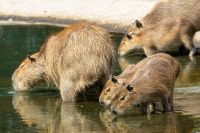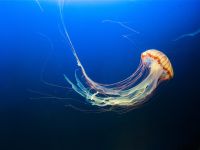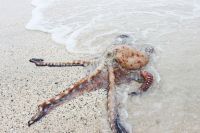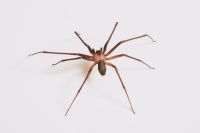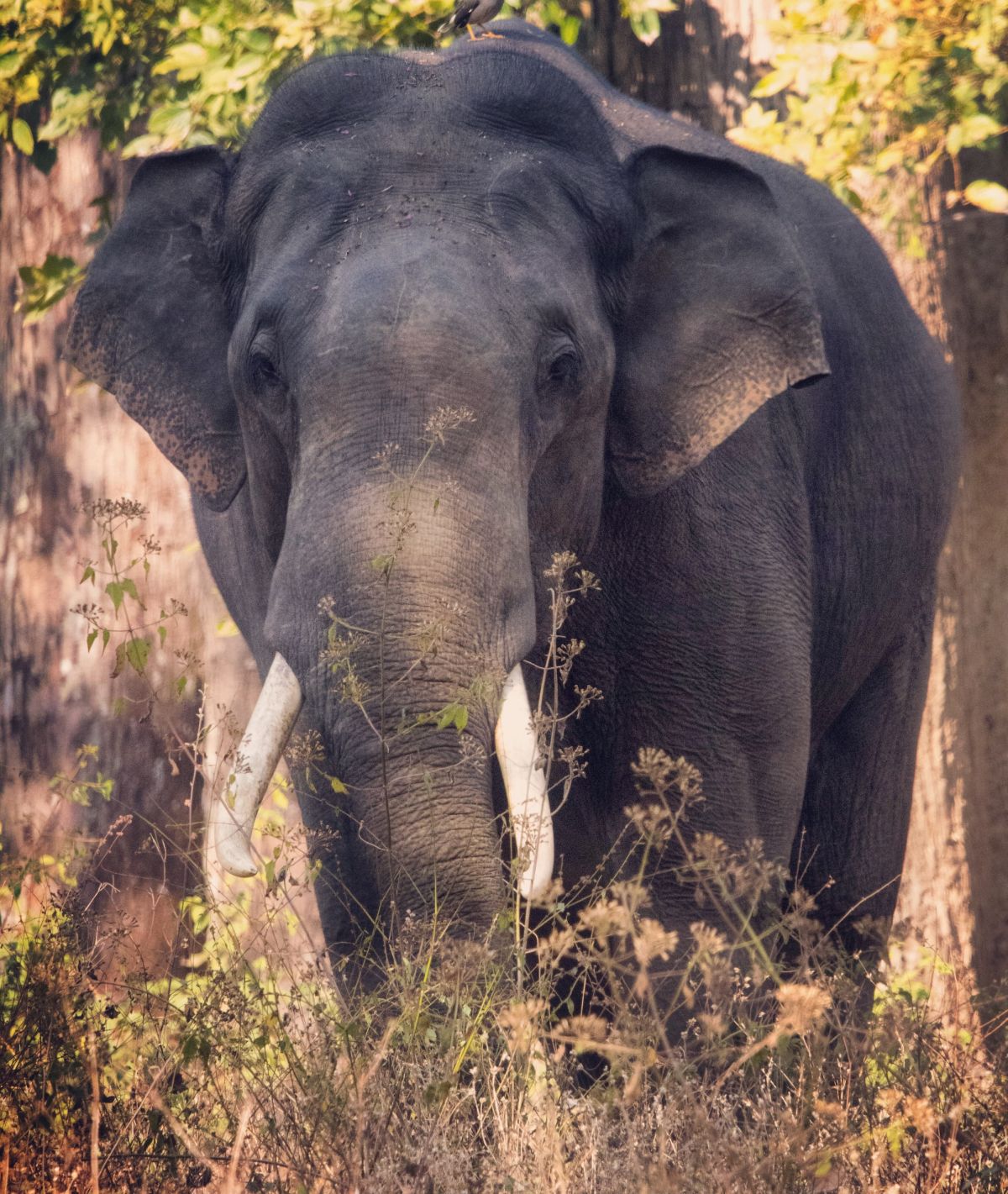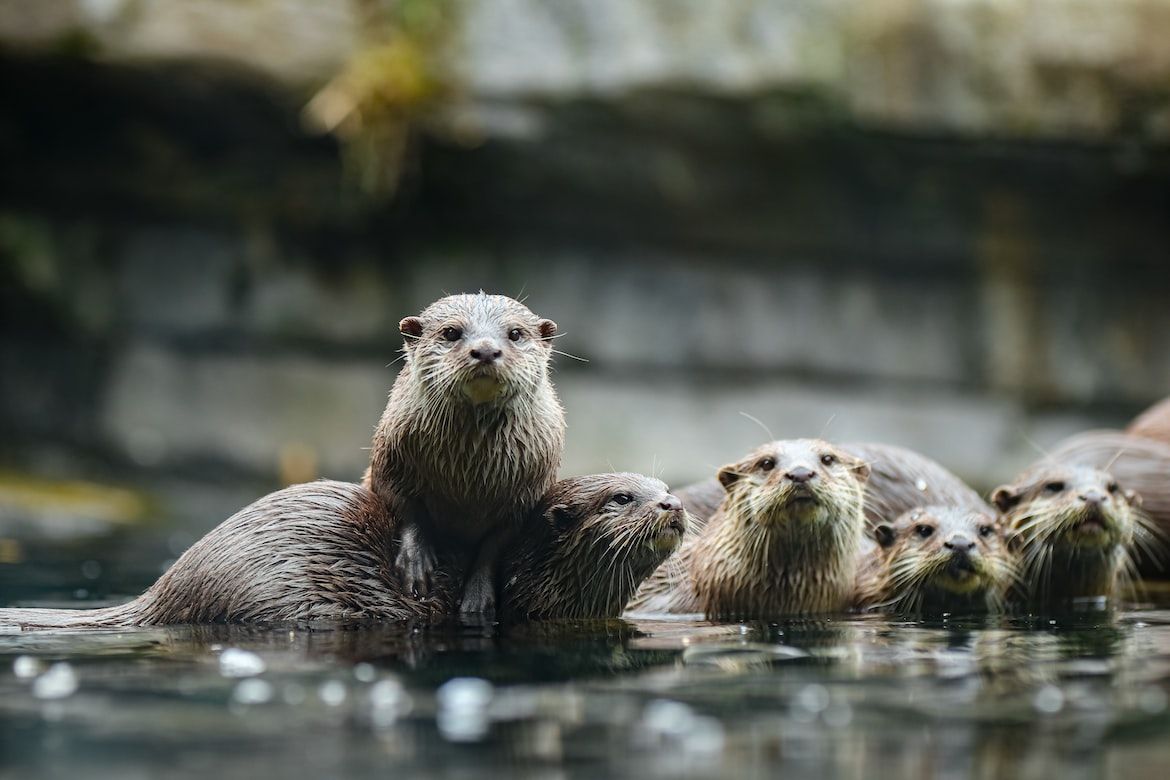24 facts about ball python
The ball python, commonly referred to as the royal python, is the smallest of African pythons. Docile, and non-venomous, it is a very popular pet for ...
21 facts about fossa
A fossa is one of the most interesting animals. Generally speaking, it looks like a hybrid of a cat, a dog, a weasel, a monkey, and a mongoose. It is ...
20 facts about saola
Saola are one of the rarest large animals on Earth. They are so rare, in fact, that it is next to impossible to observe them in the wild. Scientists s ...

